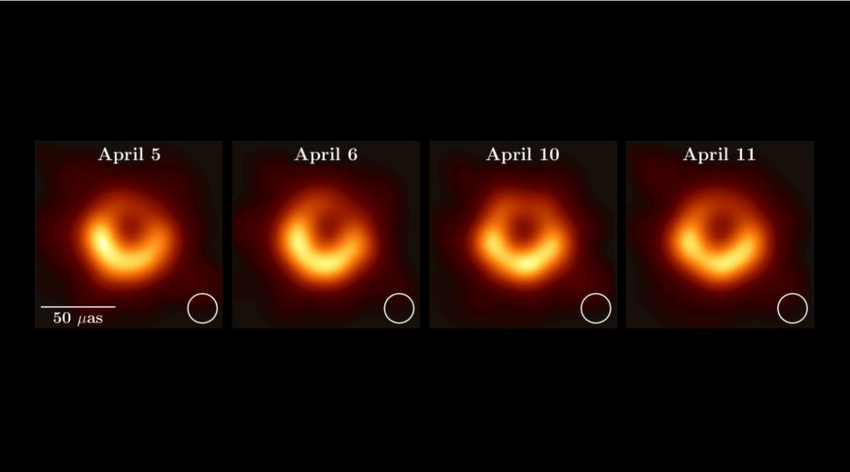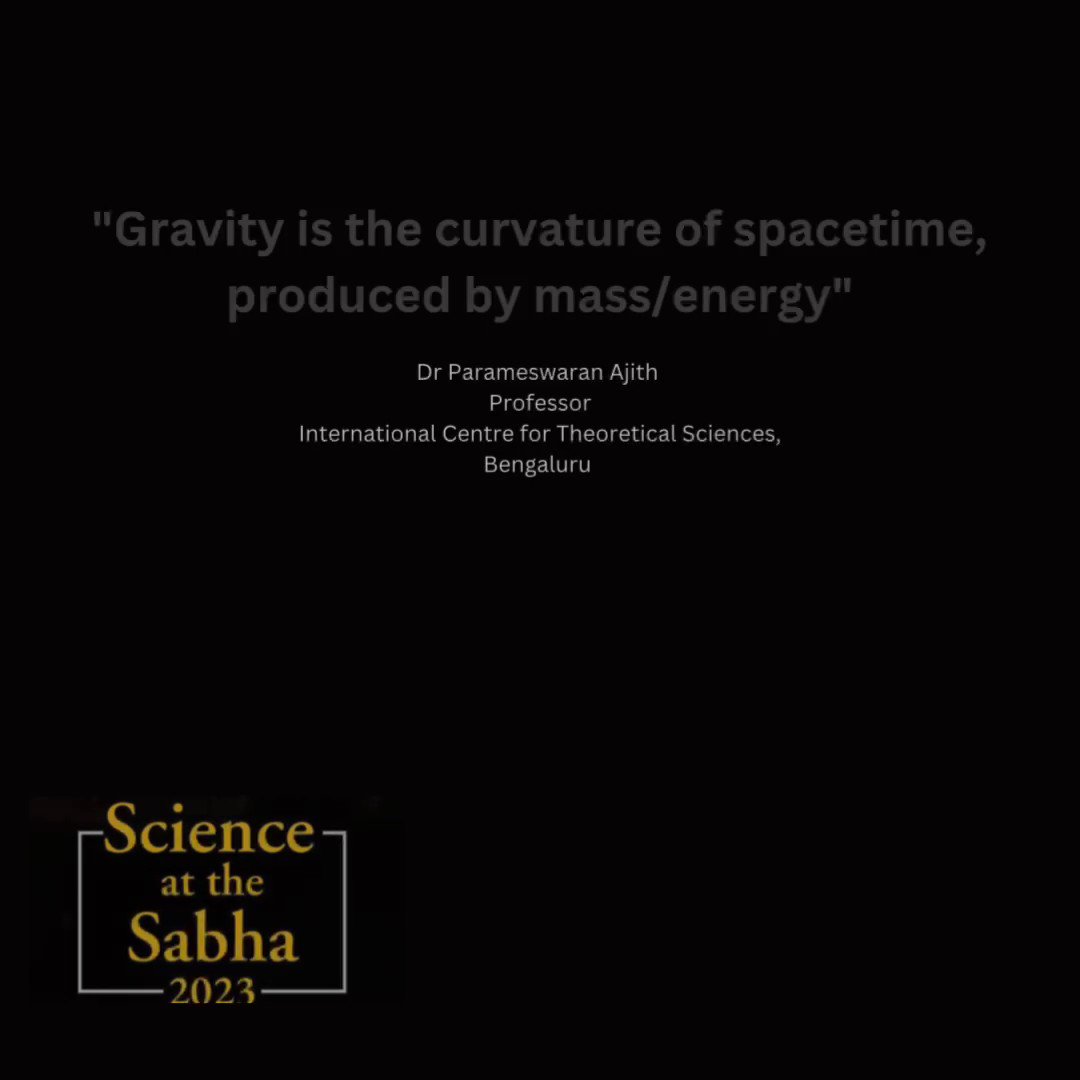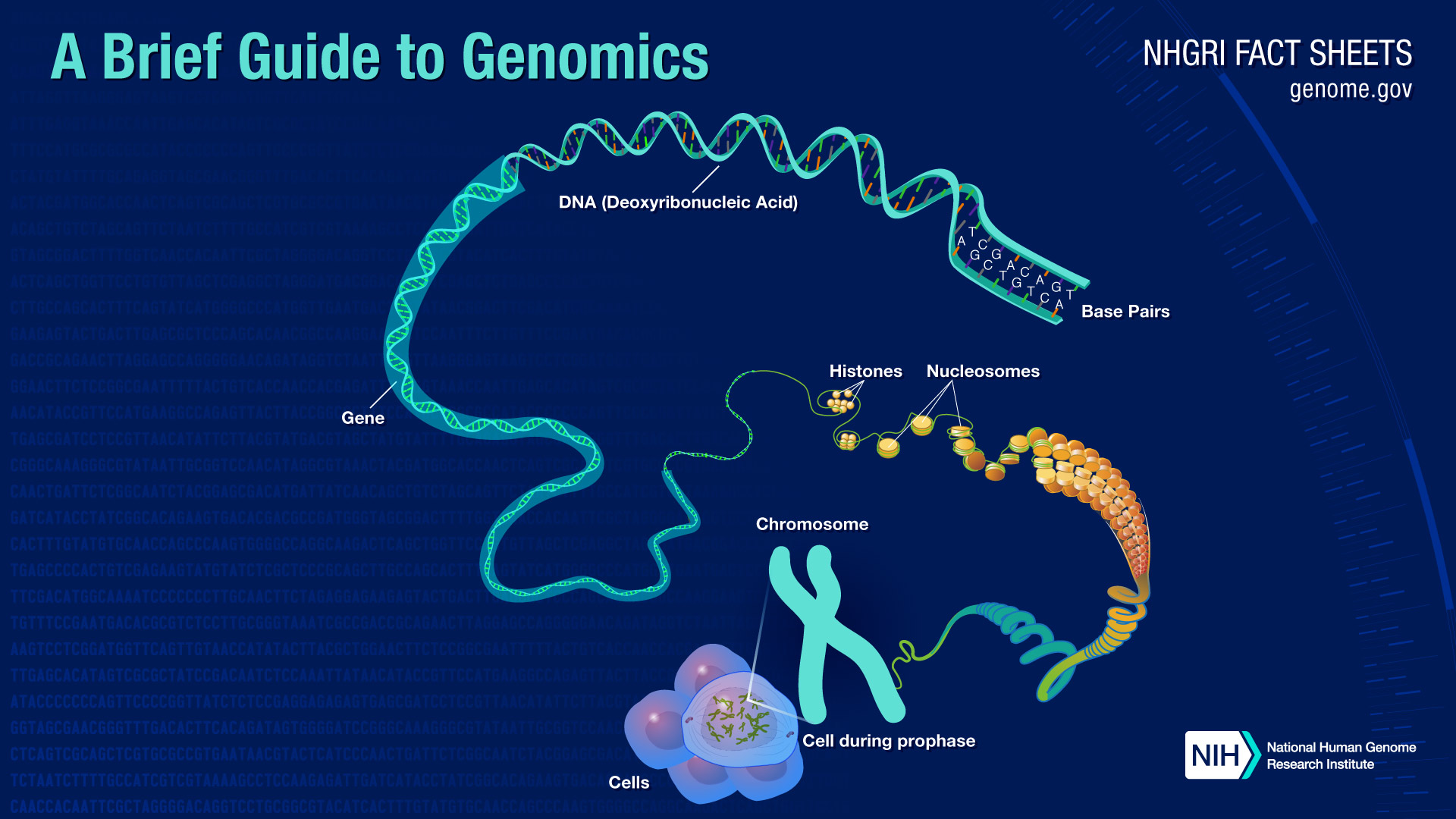Jyothsna Mani
3:59
4:06
4:07
4:09
4:11
4:11
4:14
4:14
4:16
4:17
4:19
4:22
4:23
4:24
4:26
4:28
4:31
4:32
4:33
4:34
4:35
4:38
4:40
4:41
4:43
4:45
4:47
4:49
4:50
4:51
4:53
4:55
4:55
4:57
4:58
5:00
5:01
5:05
5:07
5:08
Connecting…












